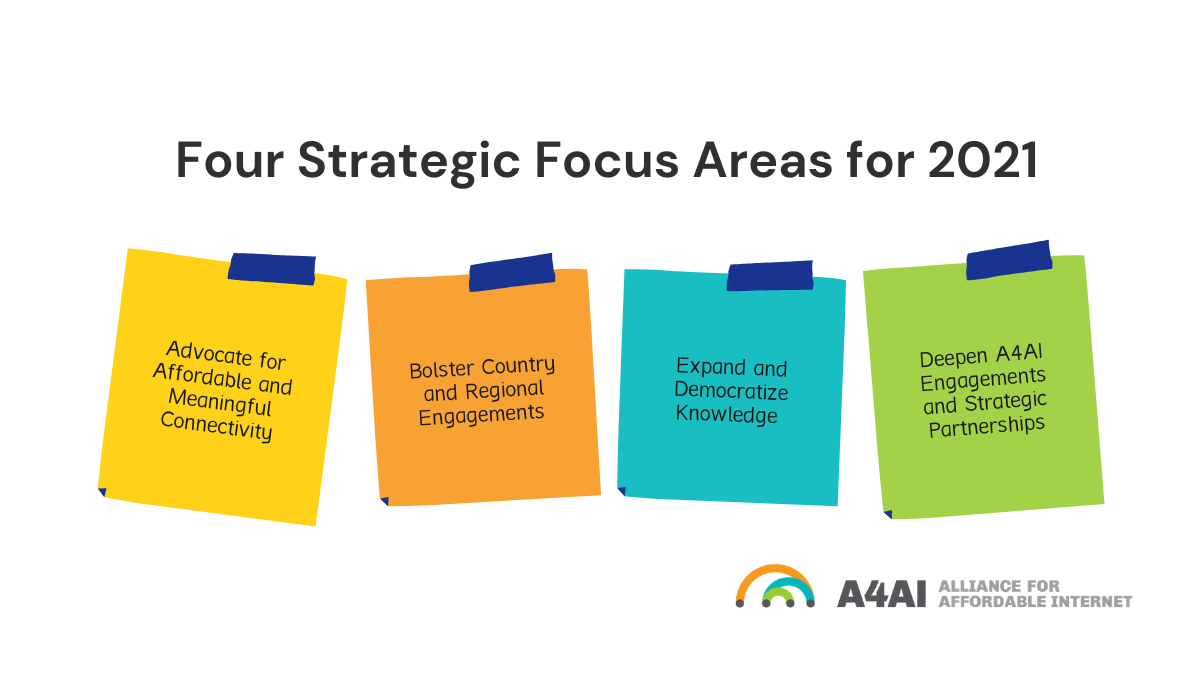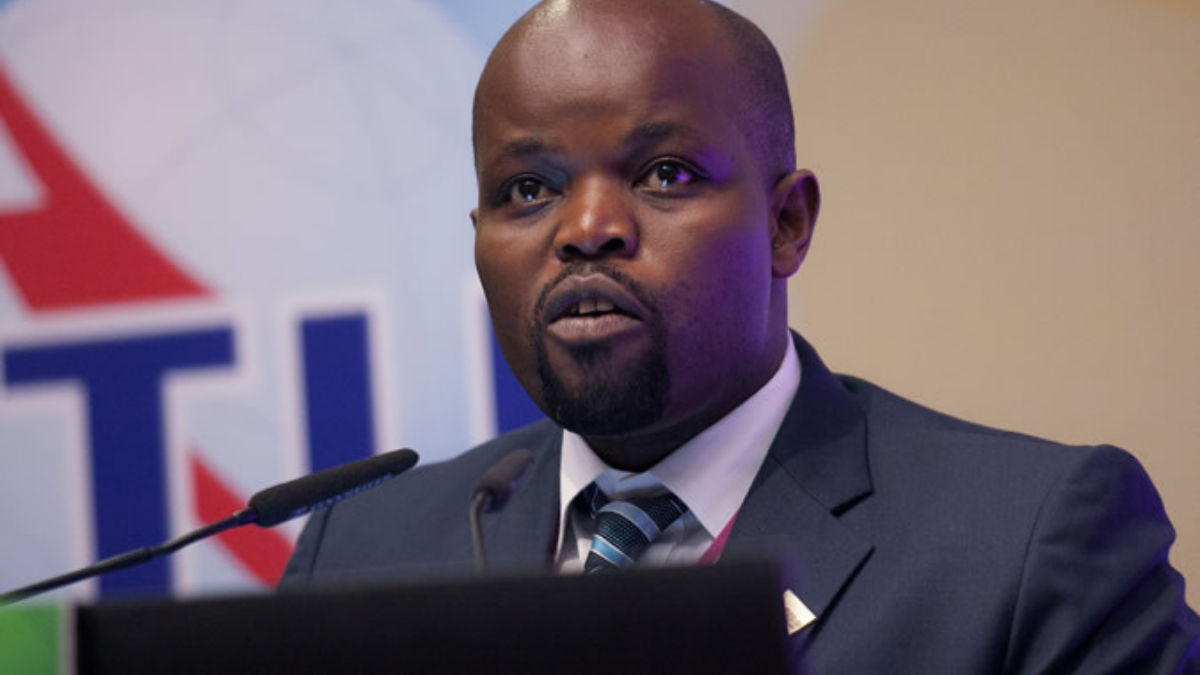This post was written by Jean Philbert Nsengimana, Alliance for Affordable Internet’s Honorary Chairperson. Follow him on Twitter @nsengimanajp.
When I was invited to serve as the honorary chair of A4AI’s Advisory Board in 2018, I did not hesitate because I saw an opportunity to contribute to a cause that touches billions of lives every day around the world. Today, the mainstream idea that the internet is a lifeline was nonexistent in the early 2000s when I was starting my career. I was part of the first Rwandan-educated cohort of computer science graduates from the National University of Rwanda. At the time, the entire campus of more than five thousand students relied on a few hundred computers to access the internet. Mobile communication was still a luxury in the hands of less than 1% of Rwandans.
However, the vision that information technology would be a critical enabler for the country’s socio-economic transformation was already a project championed by President Paul Kagame and enshrined in Rwanda’s Vision 2020, a framework for the country’s long term development strategy. It was, therefore, an overwhelming honour, when the President came in-person to launch Rwanda’s first telecentre, established to link coffee farmers of Maraba—a rural district in Southern Province—to global markets. I had developed the initiative as a student, with the support of the University, as the final research project towards my bachelor’s degree.
At that time, I could not imagine, even in my wildest dreams, that ten years later, I would be appointed as the Minister of ICT to lead a sector that had already become instrumental for millions of citizens to access vital services such as education, healthcare, and banking. Serving as the Minister only reinforced my understanding of the important connection between policy, connectivity, equity, opportunity, and prosperity.
I had always been impressed with A4AI’s work, especially the flagship annual affordability report, a reference I often relied on to convey Rwanda’s progress in improving internet accessibility and affordability. And I could not be prouder, therefore, to preside as A4AI clocked its fifth anniversary in 2019, coinciding with the milestone of half of humanity being online.

While the occasion was a moment for celebration, it also called for a renewed focus on ensuring that no one is left behind. The Covid-19 pandemic brought unprecedented adverse circumstances that put A4AI to the test. Despite the hardships, however, the team forged ahead and made great strides in 2020, including reaching over 100 members and doubling down on our commitment to the “1 for 2” affordability target. We recently announced A4AI’s ambitious 2021 annual plan with four strategic pillars:
- Advocating for Affordable and Meaningful Connectivity
- Bolster Country and Regional Engagements
- Expand and Democratize Knowledge
- Deepen A4AI Engagements and Strategic Partnerships
I’m particularly excited for our focus on advocating for meaningful connectivity: regular internet access, an appropriate device, enough data, and a fast connection. The four pillars are interconnected, and it’s important that the plan is focused not just on connecting the next billion but those in the last billion, who happen to live mostly in low-income countries’ rural areas.
2021 has started with a hope to envision the post-Covid-19 world, thanks to the scientific breakthroughs and renewed impetus in global cooperation. The work to build back economies and communities has already started, and it’s crucial that reaching the goal of universal access remains high on that global agenda. As the A4AI chairperson, I’m firmly committed to working with all our partners and supporting the A4AI team in implementing our ambitious plan. I encourage you to get involved and warmly welcome your ideas on collaboration with us this year. Join us in the journey towards affordable and meaningful connectivity for all.
For more updates on our work, follow us on Twitter at @a4a_internet and sign up to our newsletter.
Leave a Reply

